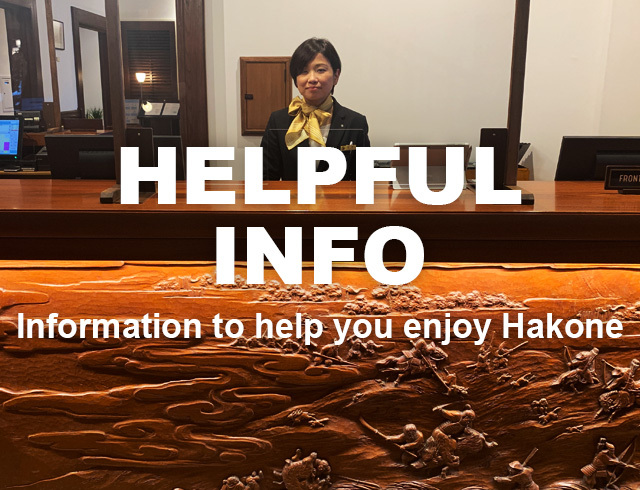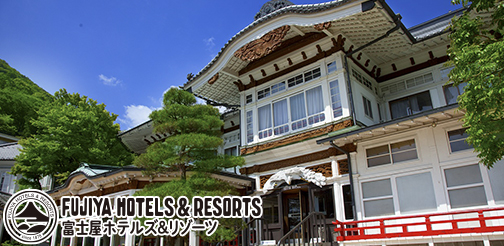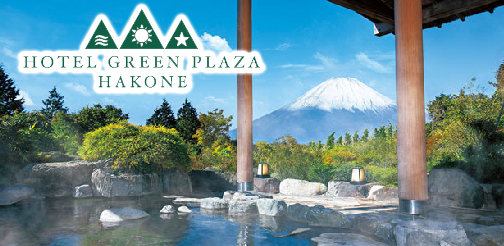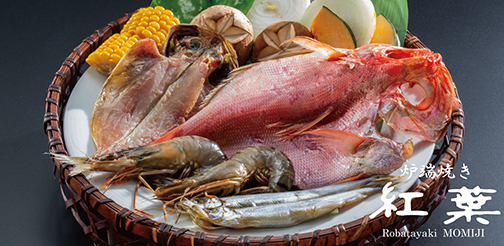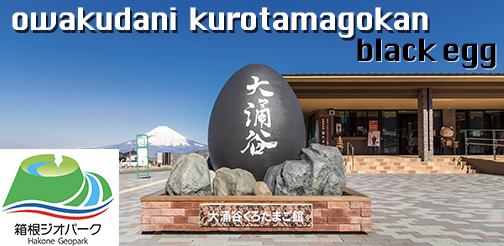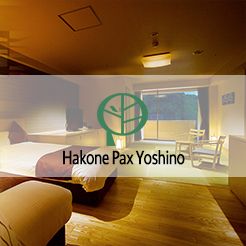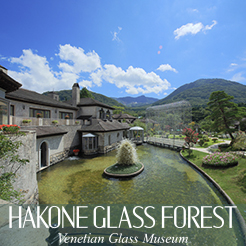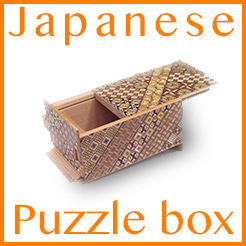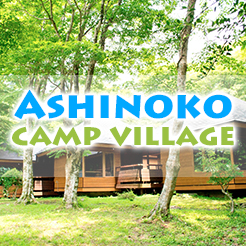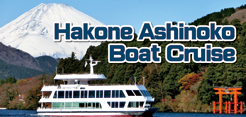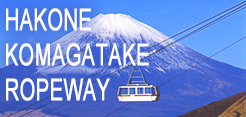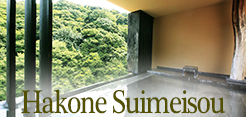The Japanese word onshi in this case means “gift from the emperor” and provides a hint as to the origins of this park overlooking Lake Ashi. In 1884, when the Dogashima peninsula was still covered with bamboo forest, the German physician Erwin Bälz (1849–1913) proposed it as the location for a new imperial retreat. Bälz had been hired by the Japanese government to teach medicine at Tokyo University, where the brightest young minds of the rapidly modernizing nation were studying. He researched the therapeutic properties of hot springs and recommended that Hakone host the country palace which Emperor Meiji (1852–1912) wanted built. The monarch was hoping to offer his son, the sickly crown prince Yoshihito (1879–1926), a place to recuperate, and with the natural features of the Dogashima peninsula also making it easy to guard against intrusion, all factors appear to have worked in favor of the plan.
The palace complex, which consisted of a Western-style mansion and a traditional Japanese pavilion, was completed in 1886. Both buildings suffered severe damage in the Great Kanto Earthquake of 1923, which caused more than 100,000 deaths across the Kanto region. The Western-style building was eventually torn down, while the Japanese pavilion was rebuilt in smaller form—only to be destroyed by another earthquake seven years later. Maintenance of the land and remaining structures was neglected during World War II, and in late 1945 the property was donated to Kanagawa Prefecture, of which Hakone is part. Opened to the public as Onshi Hakone Park the following year, the grounds now house a museum, built in 1992 in a style that brings to mind the Western-style mansion of 1886. The original building’s stone foundations are still visible in the museum’s front yard, from where you can look out over Lake Ashi and, on very clear days, see Mt. Fuji. Another place of interest is the 200-step stone staircase leading up to the museum; their sides covered by moss, the stairs have been maintained in their original form.
This English-language text was created by the Japan Tourism Agency.


